Spring Wildflowers Nature Study
In this spring wildflowers nature study, we’re talking about one of my very favorite nature topics of all time!
If I asked you to name your very favorite flower, what would it be?
It’s hard for me to narrow my choice down to just one, but black-eyed Susans are always a favorite. Black-eyed Susans are in the daisy family and they have beautiful yellow petals and a dark brown center. They kind of remind me of sunshine and I love sunshine.
Spring Wildflowers Nature Study
Some people grow black-eyed Susans on purpose in cultivated flower gardens, but they can also be found growing in the wild all over North America. What’s the difference between a cultivated flower and a wildflower? Well, that’s our main topic today!
If you think about the term wildflower, I bet you hear a certain word that helps you guess where they grow. Yes, in the wild. That means they don’t need help from humans to grow. They’re quite often what we call native plants, which just means they’re well-suited to not only live in a certain area but thrive there, too.
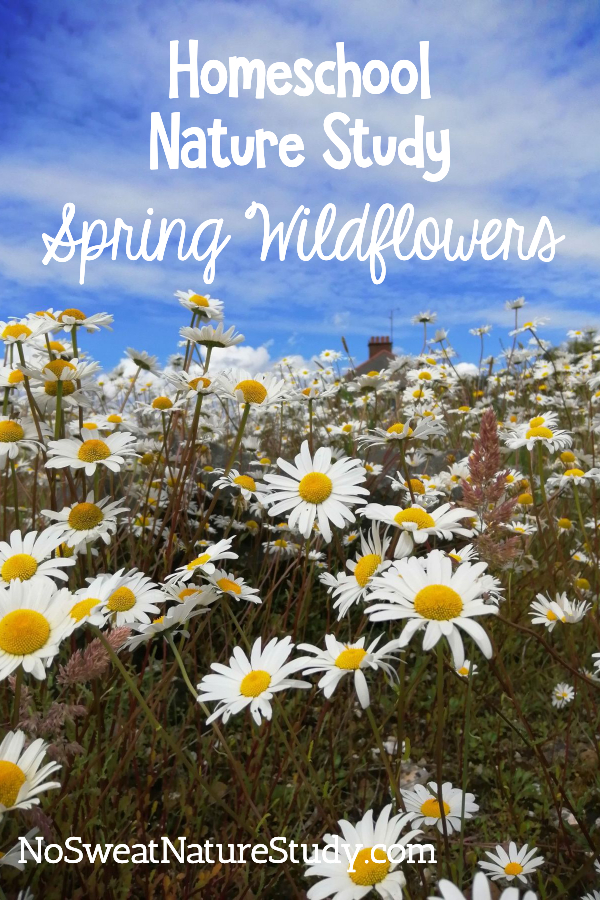
This post contains affiliate links.
Year after year, a native plant will grow in the wild to survive the weather conditions, stand strong against plant diseases, and their seeds spread easily (when the time comes for the seeds to spread), and they germinate well in whatever type of soil is in their habitat. In case you’re wondering, germination is when a seed opens and begins to grow a new plant.
Wildflowers can be found almost everywhere in the world, but different places have different types of wildflowers. For instance, desert lupines grow in the Southwest United States. They survive without a lot of water, and that’s exactly why they grow in the climate that you find in the Southwestern United States. It’s drier there!
In other areas of the United States, like where I live in Kentucky, we do not have desert lupines growing in the wild because it’s too wet for them here. Now don’t confuse desert lupines with other lupine species that do enjoy areas with lots of rain.
Wildflowers vs. Cultivated Flowers
Let’s switch gears for a second and let’s talk about cultivated flowers. If wildflowers grow without the help of humans, I bet you can guess that cultivated flowers are tended by humans. To tend to something simply means you take care of it. If you’ve ever grown a flower in a pot or in a flower garden, you have cultivated it, meaning you took care of it.
What are some ways you can think of that humans cultivate flowers?
- They prepare the soil by tilling it or hoeing it if it’s in the garden, or if they’re planting it in a pot, they pour soil into the pot. Human hands are necessary there, right?
- Humans also cultivate flowers by planting seeds or bulbs.
- They might add fertilizer.
- Of course, they water plants.
- And hopefully, they keep the soil free of weeds.
By doing these things, humans can grow flowers in certain areas that might not otherwise survive in the wild. Another example, where I live in Kentucky I wouldn’t find daffodils or crocuses just growing in the wild. However, there are a lot of daffodils and crocuses that grow here. In fact, many of them are blooming right now and that’s because humans planted them.
Humans planted them in the right type of soil and have taken care of them with fertilizer and water. And therefore, even though daffodils aren’t wildflowers that grow on their own naturally, they can grow in Kentucky with some help from humans.
Do you remember me telling you that sometimes black-eyed Susans will grow in the wild and sometimes people purposely grow them in flower gardens? Well, that means black-eyed Susans are wildflowers that can be cultivated. Don’t let that confuse you. A lot of flowers that grow easily in the wild can be planted on purpose by humans in flower gardens or pots. So wildflowers can grow on their own in the wild, or they can be cultivated by people!
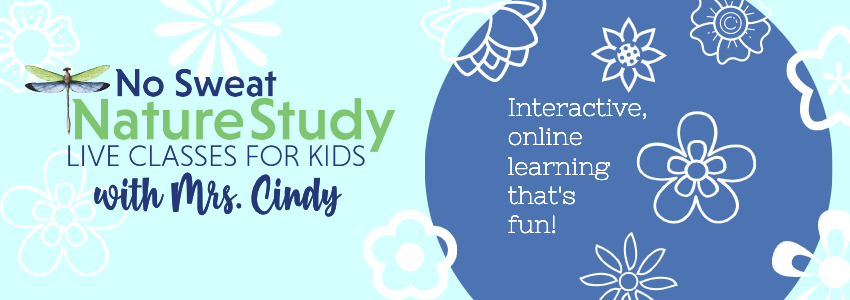
Homeschool Nature Study Challenge
All right, now it’s time for your nature walk challenge. Go ahead and grab a nature journal and colored pencils… and one more thing today. If you have a ruler, bring it along, too. (A tape measure would be just fine as well.)
Today you’re on the hunt for spring wildflowers. Now, if you can’t find wildflowers, cultivated flowers will certainly be just fine to observe. If you’re walking in your neighborhood, you’re most likely to find cultivated flowers. If you’re hoping to see wildflowers, try visiting a park, a wildlife preserve, maybe a farm, or even an arboretum. At an arboretum, you’re likely to find wildflowers and plenty of cultivated flowers too, which would be a really fun place to see the differences.
But no matter where you go and what you see, your challenge is the same:
See how many flowers you can find that are less than six inches tall; between six and 12 inches tall; and taller than 12 inches.
This is, of course, where your ruler comes in handy. Before you start walking, take your nature journal and turn it horizontally or hotdog style, and then draw two lines so that you have three columns on your page. In that first column, on the left, label it “less than six inches.” In the middle column, label it “six to 12 inches”. And in the last column, label it “taller than 12 inches.”
When you find a flower on your nature walk, I want you to measure it, decide where it fits on your chart, and then draw it in whichever column it fits into. So, if it’s a flower that’s less than six inches, you’re going to quickly sketch that flower in the first column that’s labeled “less than six inches.”
If you happen to have a flower field guide, that would be a fun thing to help you identify the flowers you’re seeing. You are certainly welcome to label each flower that you draw with its name. And I have a list of my favorite flower identification field guides in the show notes.
Links & Resources
Please leave a rating or a review on your podcast app! It helps the podcast to show up for more people…which means more families can enjoy science through the wonderful lens of nature study! Thank you!

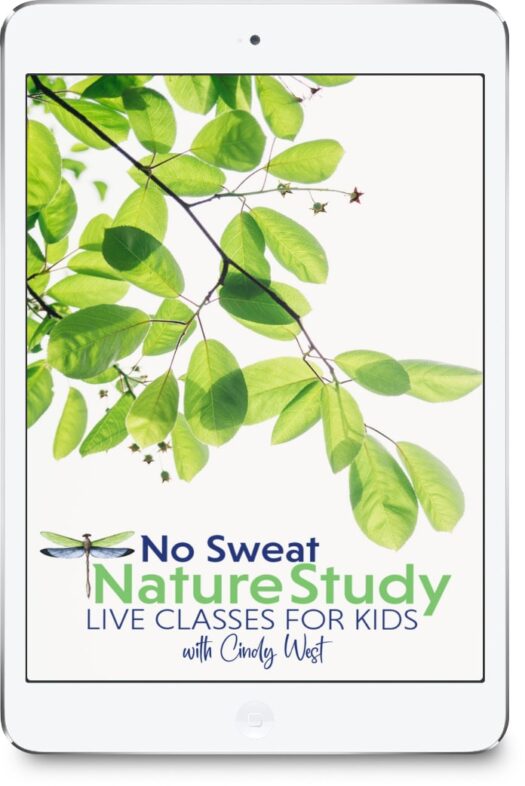
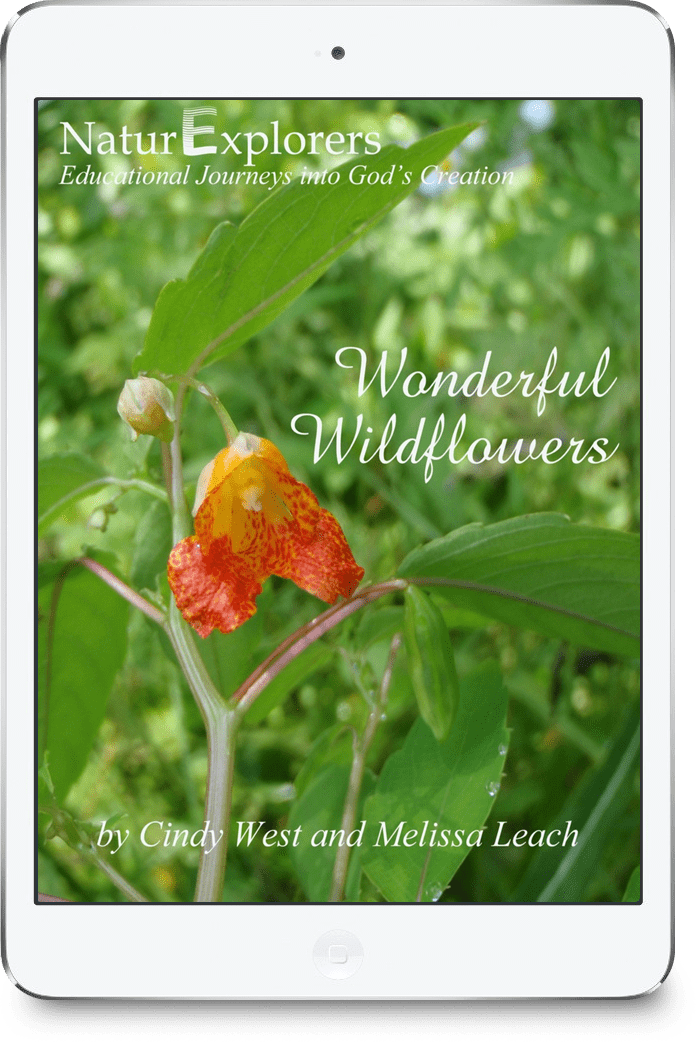
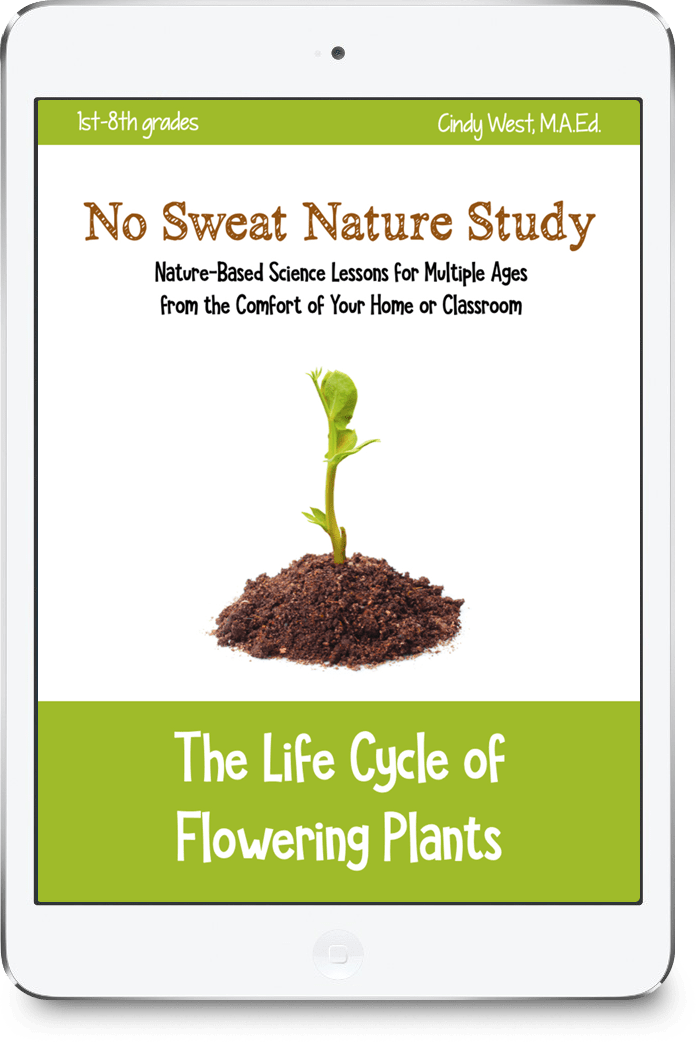
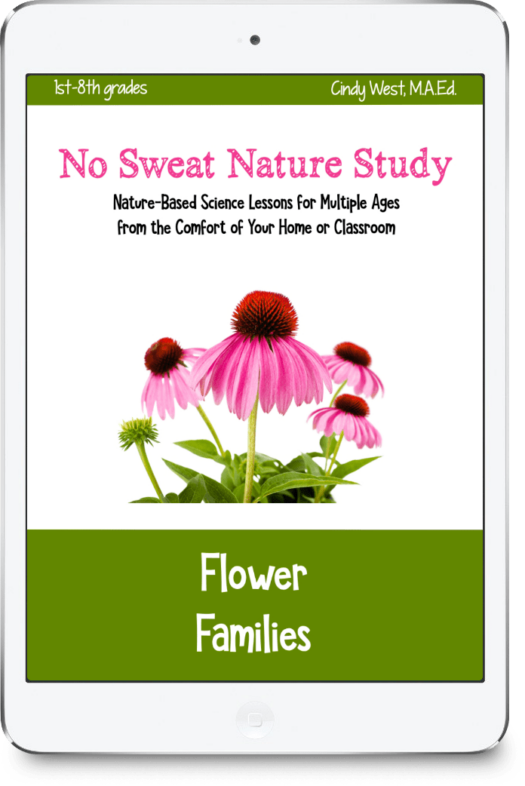










One Comment